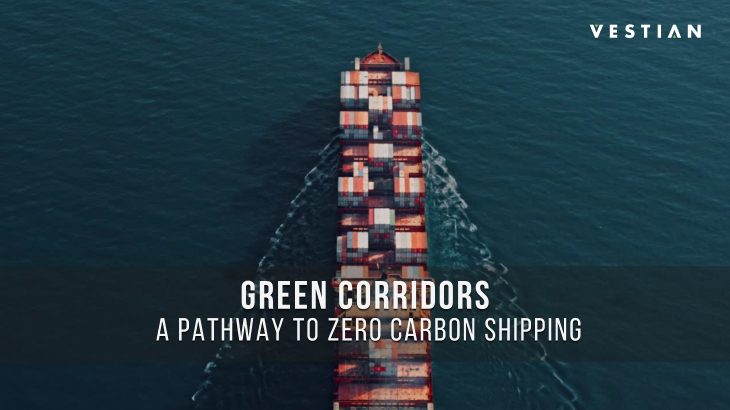The shipping sector is known as the lifeline of global trade, with approximately 80% of goods being traded by sea, but the lesser known fact is that it accounts for 3% of total carbon emissions. According to a report by McKinsey if this number goes unchecked, it could possibly rise by as much as half by 2050. If freak global weather incidents aren’t indication enough, these statistics have further emphasised on the need to cut emissions now. It has made the sector sit up and realise that to achieve their carbon gaols, zero emission fuels and vessels will need to be deployed globally, sooner the better.
The International Maritime Organization has committed to reduce its emissions of 50% for all vessels by 2050. Similarly, numerous countries like Japan, UK and US have committed to achieve their net zero shipping targets by 2050. The industry, needs to act and act now, start implementing comprehensive net zero programs and ramp up the phase over the next decade. Having said that, finding an industry wide solution is the biggest challenge, given the complex nature of the sector.
Currently, Green Corridors are said be a favourable option for decarbonization as they will allow policy makers to create an ecosystem that includes attractive financial incentives, regulatory measures, and safety regulations. But how do these “Green Corridors” work? These corridors act as specific trade routes between major port hubs where zero carbon emission solutions are demonstrated and maintained. The idea is to minimise the challenge of coordination between fuel infrastructure and vessels in the value chain, between countries to a manageable size, while also retaining the scale that is needed to create the necessary impact. These corridors are spacious and large enough to include fuel producers, cargo owners and regulatory authorities.
However, this is at a preliminary stage and deploying these solutions globally is going to be complex as the shipping industry is vast, diverse, and regulated by the International Maritime Organization.
On the bright side the technologies that would help produce zero emission fuels and vessels are near completion and should be available by the end of 2024. The journey towards zero-emission shipping has begun….

